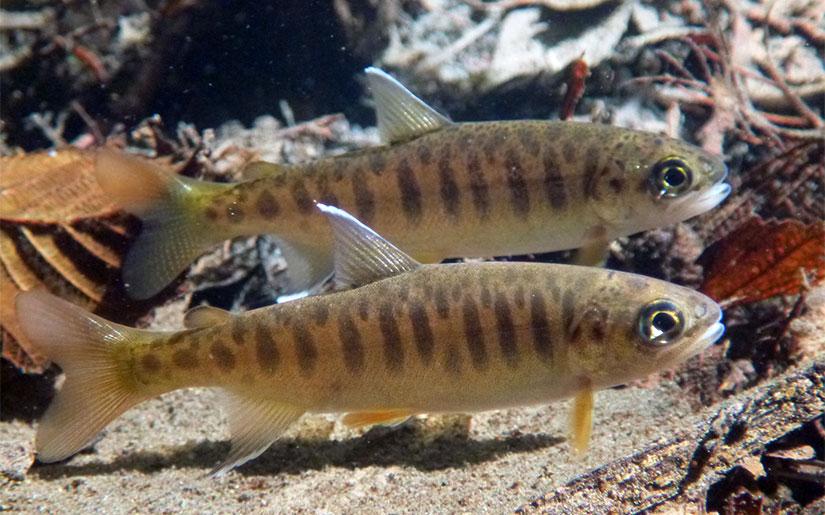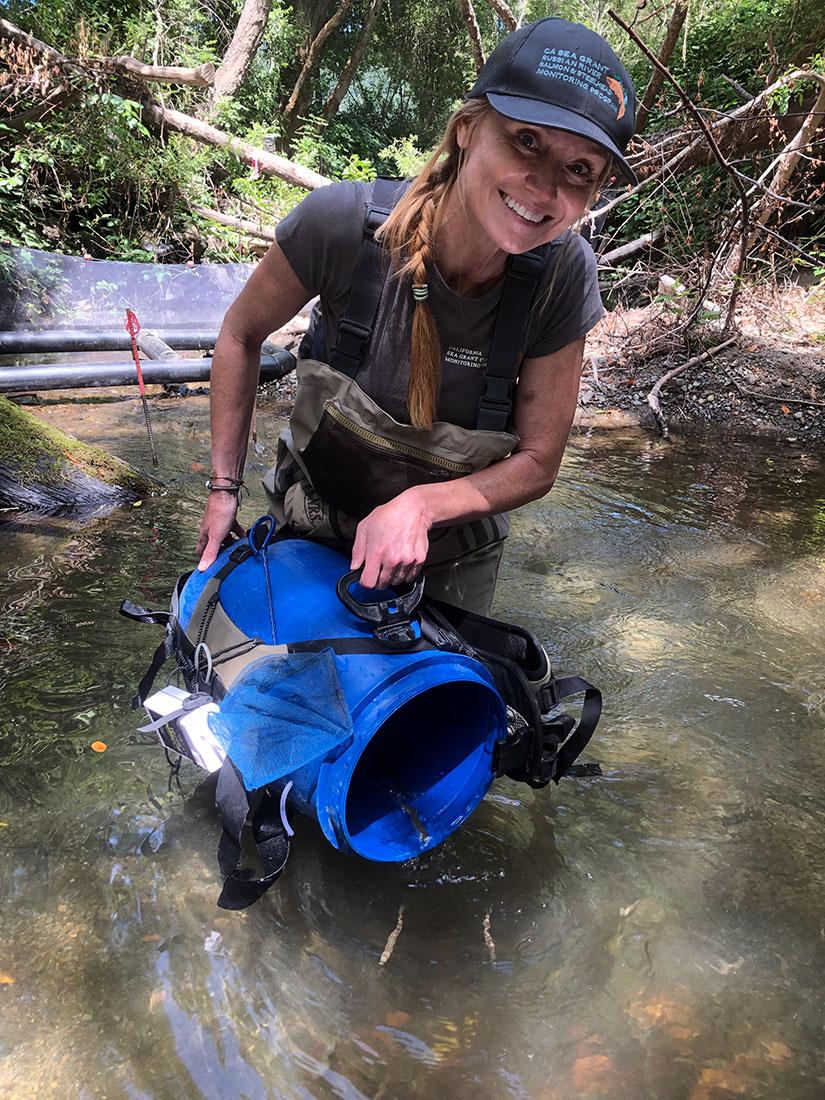Breadcrumb
- Russian River Salmon and Steelhead Monitoring Program
- Projects & Research
- Conservation Hatchery Program
Conservation Hatchery Program

Pacific salmon across the west coast have faced tremendous adversity. Since the 1800s, salmon populations have been steadily declining, primarily due to severe habitat degradation. Coho salmon are currently estimated to be no more than 15% of their 1940's abundance throughout California.
The Central California Evolutionarily Significant Unit of coho is listed as endangered by the State and Federal governments. The only remaining viable wild population in this ESU is in Lagunitas Creek, in western Marin County, which supports a small fraction of historic runs. In the Russian River watershed, which historically had the largest population of coho within this ESU, coho were on the brink of extirpation by the late 1990s and restoration efforts were expanded to include a Conservation Hatchery Program, also known as a broodstock program.
The Russian River Coho Salmon Captive Broodstock Program is a collaborative, conservation hatchery effort that is working to build a self-sustaining coho population within the watershed. Partners include the US Army Corps of Engineers, the National Oceanic and Atmospheric Administration Fisheries Service, the California Department of Fish and Wildlife, Sonoma Water and CA Sea Grant. Since 2001, the Broodstock Program has been breeding coho salmon from local genetic stock at the Don Clausen Fish Hatchery at Lake Sonoma and releasing them as juveniles into historic coho streams in the lower Russian River watershed.
Program coho salmon are carefully spawned based on a genetic matrix and reared using restoration hatchery techniques by US Army Corps of Engineers partners at the Don Clausen Fish Hatchery at Warm Springs Dam. They are then released into select tributaries to the lower Russian River as juveniles (young-of-year and smolts).
For questions about fish rearing and releases, please email Rory Taylor at rory.w.taylor@usace.army.mil.


- Conservation Hatchery Program
- Salmonid Status & Trends
- Streamflow & Drought
- Habitat Enhancement Monitoring